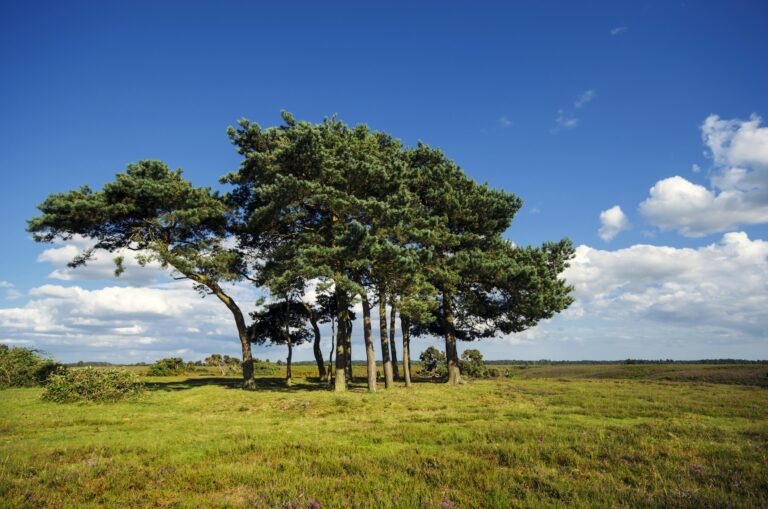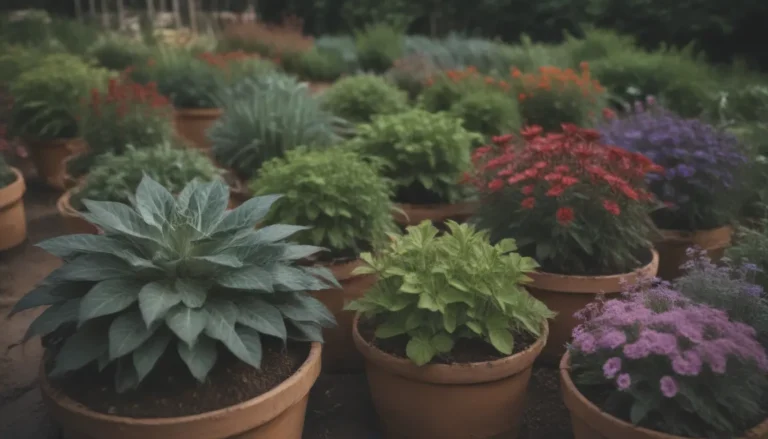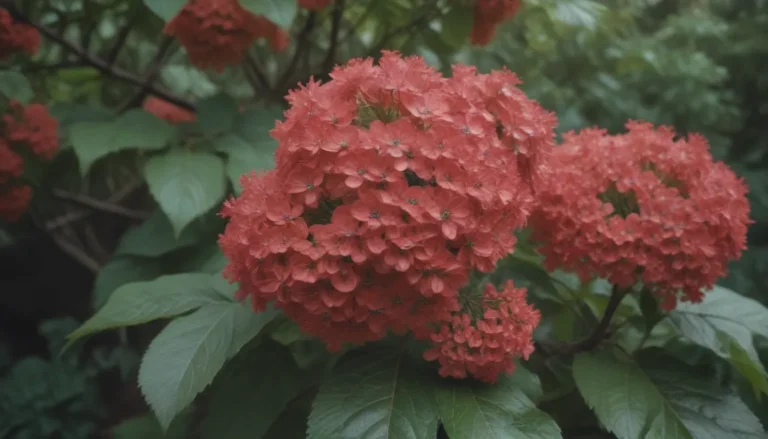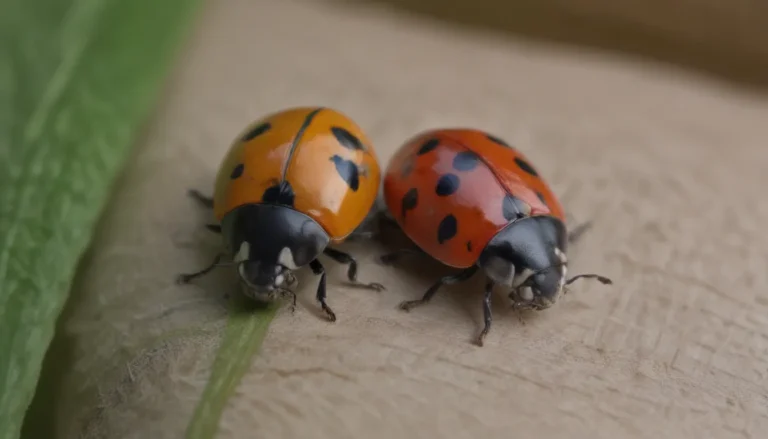Everything You Need to Know About Growing and Caring for Lipstick Plant
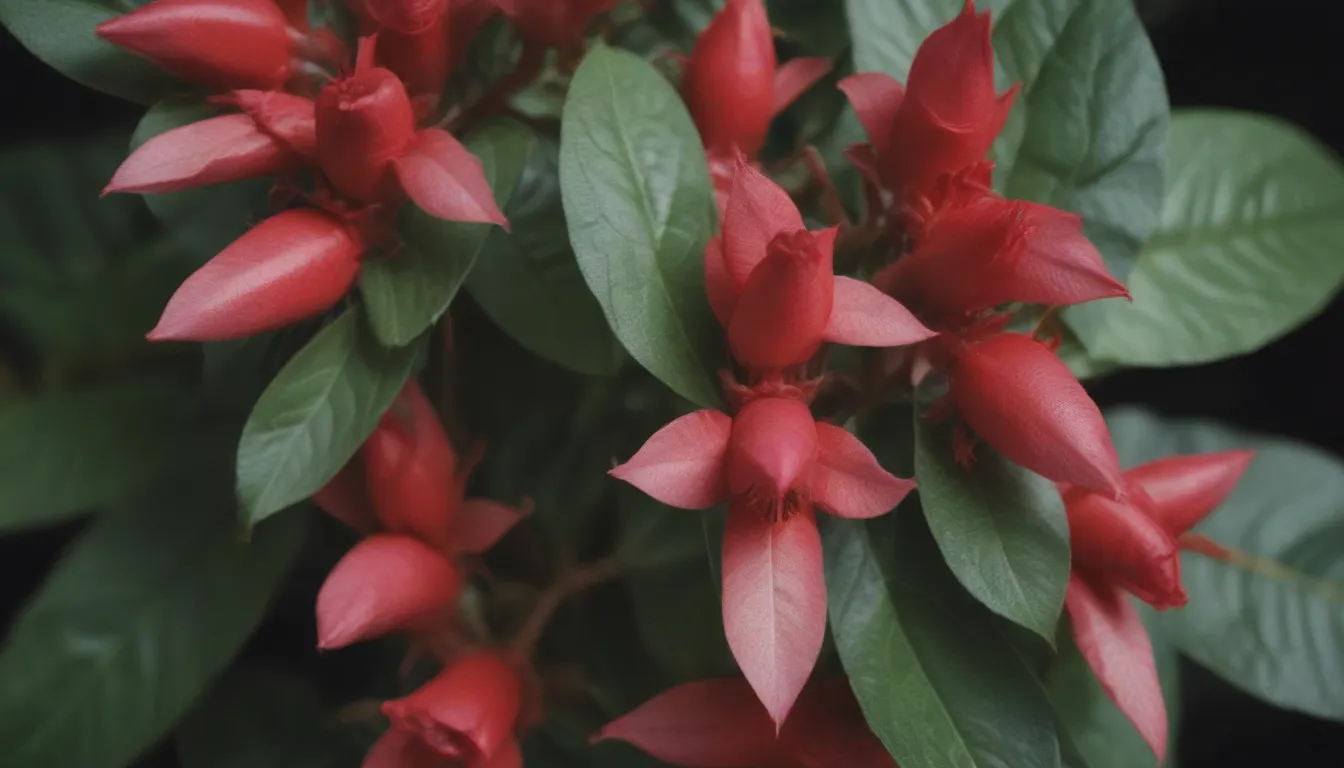
If you’re looking for a vibrant and striking houseplant to add to your collection, the lipstick plant (Aeschynanthus radicans) is a fantastic choice. Named for its bright red tubular flowers that resemble a tube of lipstick, this evergreen perennial is sure to make a statement in your home.
In its native tropical habitat, the lipstick plant is an epiphytic species, meaning it grows on tree branches and rocks. As a houseplant, it thrives in a well-draining potting mix and requires warmth, humidity, and filtered sunlight to flourish. With the right care, you can enjoy a spectacular display of flowers throughout the year, with the most abundant blooms in the summer and fall.
Lipstick Plant Care Tips
Taking care of a lipstick plant doesn’t have to be complicated. Here are some essential care tips to help your plant thrive:
Light
- Lipstick plants need bright but filtered light to thrive.
- Too much direct sunlight can lead to leaf scorch, while too little light may result in poor flowering and leaf drop.
Soil
- In their native tropical regions, lipstick plants grow in almost soil-free environments.
- Plant your lipstick plant in a well-aerated, evenly moist, and light potting mix to prevent root rot.
- Consider adding sand and sphagnum moss to promote good drainage and absorbency.
Water
- Keep your lipstick plant evenly moist, particularly during its growing season.
- Avoid overwatering, as it can lead to root rot, leaf drop, and fungal issues.
- Water when the top couple of inches of the soil are dry to the touch.
Temperature and Humidity
- Maintain temperatures between 65 and 75 degrees Fahrenheit for optimal growth.
- High humidity is beneficial for lipstick plants, so consider regular misting to keep them healthy.
- Avoid sudden temperature changes and drafts, as they can harm your plant.
Fertilizer
- Feed your lipstick plant with a slow-release fertilizer once or twice a month during the growing season.
Types of Lipstick Plant Cultivars
Given the lipstick plant’s popularity, several cultivars have been developed. Some common varieties include:
– Aeschynanthus radicans ‘Curly’
– Aeschynanthus radicans ‘Mona Lisa’
– Aeschynanthus radicans ‘Variegata’
– Aeschynanthus radicans ‘Tangerine’
– Aeschynanthus radicans ‘Rasta’
– Aeschynanthus longicaulis
– ‘Black Pagoda’
Pruning and Propagating Lipstick Plants
To keep your lipstick plant looking its best, consider pruning the cascading stems to encourage healthy growth. You can also propagate lipstick plants from soft stem cuttings at any time of year.
How to Grow Lipstick Plants From Seed
While it’s easier to grow lipstick plants from cuttings, you can also germinate them from seed with proper care and attention.
Potting and Repotting
Repot your lipstick plant when it becomes rootbound and outgrows its container. Use a pot that is slightly larger than the current one and repot in well-draining potting mix.
Common Pests and Diseases
While lipstick plants are generally low-maintenance, they can occasionally face issues with pests like aphids, mealybugs, and mites. Regularly check your plant for signs of pests and treat them promptly with horticultural oils or water spray.
Encouraging Bloom on Your Lipstick Plant
If you want to enjoy a continuous display of vibrant red flowers on your lipstick plant, consider the following tips:
Bloom Months
- Lipstick plants can flower year-round with the right care, but blooming is most prolific in spring and summer.
How Long Does Lipstick Plant Bloom?
- Individual blooms can last for a few days to a week, with a continuous display of flowers for several weeks.
Encouraging More Blooms
- Prune your plant after flowering to encourage healthy new growth and abundant blooms.
- Ensure your plant receives enough light, potassium fertilizer, and water for optimal blooming.
Caring for Lipstick Plant After Blooming
- Prune your plant back after it finishes flowering to stimulate new growth and encourage more blooms next season.
Common Problems and Solutions
- If your lipstick plant is experiencing issues like dropping leaves, a wilted appearance, or slow growth, assess its light, soil, and temperature conditions.
- Ensure your plant is not exposed to temperatures below 50 degrees Fahrenheit or overwatered to prevent these common problems.
In conclusion, the lipstick plant is a stunning addition to any indoor garden. With proper care and attention to its specific needs, you can enjoy a continuous display of vibrant flowers and healthy growth year-round. Experiment with different cultivars, propagation methods, and pruning techniques to find what works best for your lipstick plant. Happy growing!
